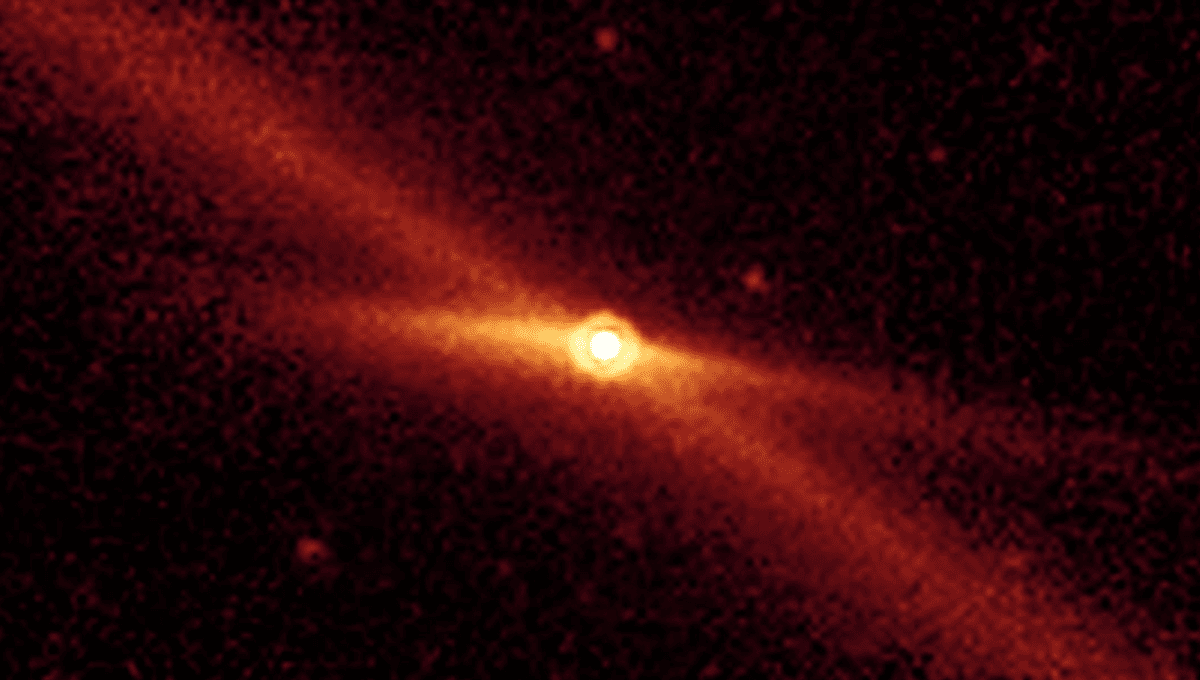
A team of astronomers have taken a close look at the “Taurid swarm” or “Halloween Fireballs” in order to determine whether they pose any threat to Earth.
Every year, the Earth is treated to several meteor showers as we cross into their orbit, or they cross into ours. They are spectacular to see, but given what happened to the dinosaurs (who famously did no astronomical observations whatsoever) it’s always worth checking if they pose any risk to the planet.
The Taurids is the overall name given to two separate meteor showers that run from September to November, producing “fireballs” as some of the debris gets captured by Earth’s gravity and burns up in our atmosphere.
“Fireballs are meteors that are as bright or brighter than the planet Venus,” NASA explains of the meteor shower. “They may exhibit larger explosions of light and color and can persist longer than an average meteor streak. This is due to the fact that fireballs originate from larger particles of cometary material. Oftentimes, this particular shower exhibits fireballs on or around Halloween, making them known as the Halloween Fireballs.”
The Taurid swarm, believed to be the remnants of a large comet called Encke, has previously been touted as one particular collection of space debris that may be worthy of further investigation. The concern is that a larger, Earth-threatening object could be hidden in the swarm amongst the smaller, more harmless debris.
Previously, some researchers had speculated that the swarm could be hiding larger, 1 to 100-kilometer (0.6-62 miles) sized rocks, which could cause some serious damage if they were to collide with Earth. Now, a new team has investigated the swarm using the Zwicky Transient Facility (ZTF) telescope.
“We took advantage of a rare opportunity when this swarm of asteroids passed closer to Earth, allowing us to more efficiently search for objects that could pose a threat to our planet,” Quanzhi Ye, assistant research scientist at the University of Maryland’s Department of Astronomy, said in a statement. “Our findings suggest that the risk of being hit by a large asteroid in the Taurid swarm is much lower than we believed, which is great news for planetary defense.”
The team found that there were far fewer of these larger objects than had previously been expected, suggesting that the swarm was from a smaller object than thought.
“It’s likely there may only be a handful of asteroids—perhaps only nine to 14 of them—that fit this large size class in the swarm,” Ye explained. “Judging from our findings, the parent object that originally created the swarm was probably closer to 10 kilometers in diameter rather than a massive 100-kilometer object. While we still need to be vigilant about asteroid impacts, we can probably sleep better knowing these results.”
While reassuring, more observations are needed. Since the Taurids are an annual event, the team plans further observations in 2025 and 2026. It’s better to be safe than sorry when it comes to planetary defense.
The study’s findings were announced at the 56th Annual Meeting of the American Astronomical Society’s Division for Planetary Sciences.
Source Link: Every Year We Pass Through The "Taurid Swarm". Could It Contain An Object That Threatens Life On Earth?